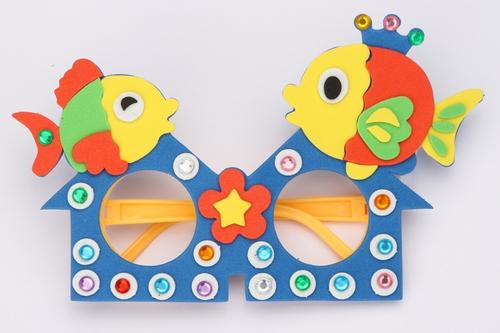🔥 Spring Festival holiday sales promotion up to 10% Discount
So how can parents nurture their children's creativity?

Games are children's favorite activity.In the game, children can develop from pure imitation to creation, and gradually develop the plot of the game creatively, playing the role of the game, making game props and so on.For example, when children play doctor visits, they assign roles, imitate doctor and patient interactions, and make their own doctor tools.These behaviors of children in the process of play are not only from the real hospital scene they usually observe, but also from their imagination and creation.It is suggested that parents should participate more in their children's games, play the role arranged by their children, and cultivate their imagination and creativity in the process of playing with their children.

I f you want know more about the Building Blocks Programming Engineering Vehicle
CLICK HERE ↓↓↓
http://www.kibtoy.com/Product/Programming-Engineering-Vehicle
There are numerous open educational toys with simple rules and diverse gameplay.Seemingly simple rules, but actually fun, can train children's logical thinking ability, improve the ability of spatial imagination and creativity.Although seemingly simple, these toys can arouse children's desire to play and create their own rules and rules, such as board games, Lego and magnetograms.Because when the child is thinking and acting, it is a new understanding and challenge.Head start toys can cultivate children's logical reasoning ability, spatial imagination and creativity, and constantly stimulate children's curiosity and improve the ability to solve problems.

It's a good experience for children to do some handwork or graffiti painting.The younger the child, the more he or she needs a rich experience of different activities.In this process, don't limit the child's imagination, don't require painting like or do well, as far as possible to let the child unrestrained to try, divergent his thinking and creativity.Over time, the child's hands-on ability and creative thinking will be slowly formed.

Children are interested in stories when they are very young. From the time they have independent consciousness to the time they learn to speak, listening to stories plays an irreplaceable role in children's intelligence and imagination.Parents can choose what kind of stories to tell according to their children's interests and age.Fables and fairy tales, nature and science, history and myth and so on, as children grow up, they understand and imagine things through various stories.Parents in the story, can cooperate with some props, make the story more vivid and interesting;Speak half to leave half, leave the child imagination and play space;Let children give play to their creativity, guide and act according to the story plot, understand and feel the people and things in the story, deepen their understanding of the story, get inspiration from it, guide children to talk about ideals and views, and promote the healthy and sustainable development of children's learning.